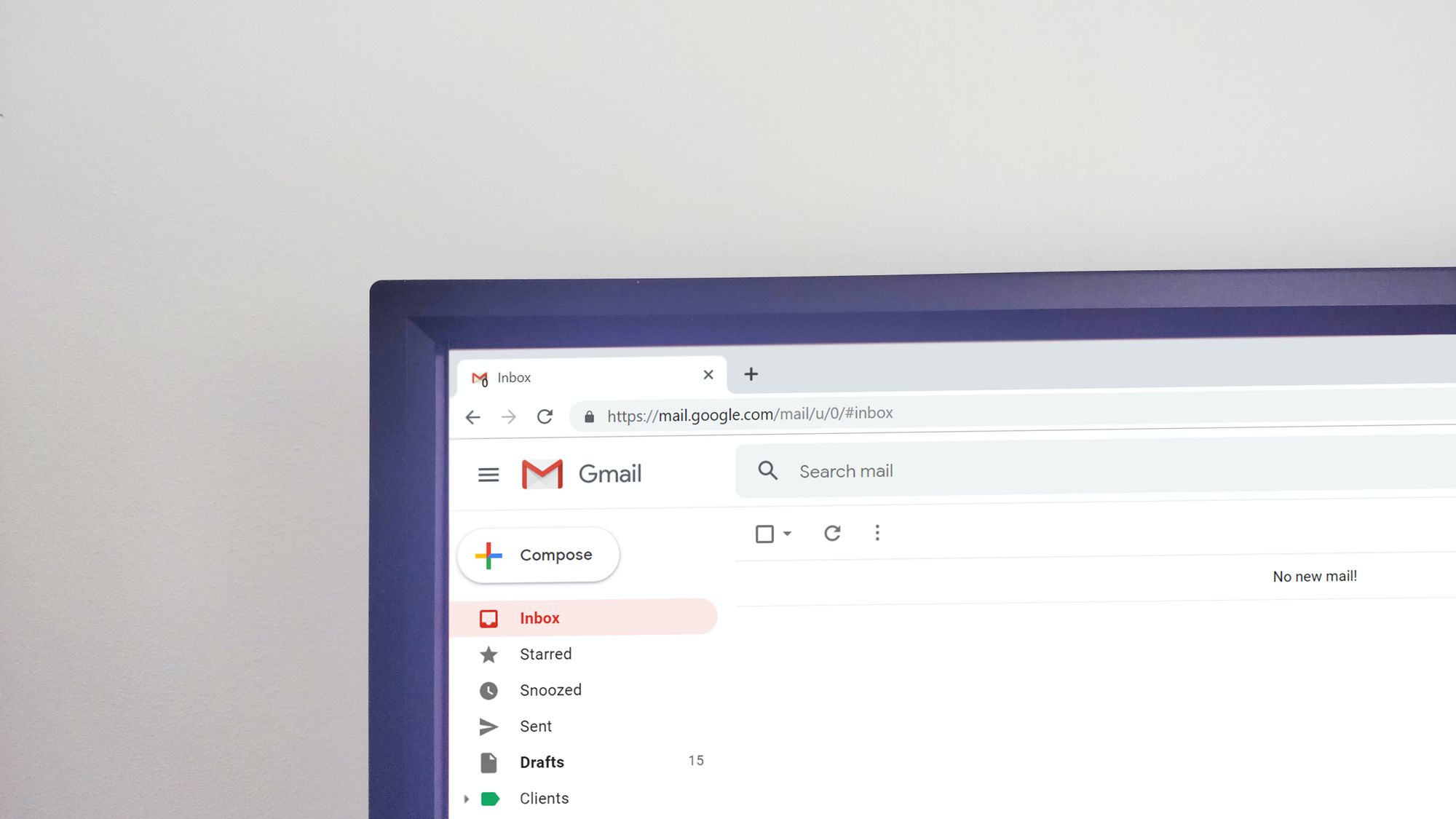In today's digital age, email marketing remains a vital channel for businesses to engage with their audience and drive conversions. However, the success of an email campaign relies heavily on whether your messages reach the recipient's inbox. To ensure high email deliverability rates, it is essential to conduct thorough testing to identify and address any issues that may affect your emails' deliverability. In this article, we will explore the importance of email deliverability testing, discuss various testing methods, and provide expert insights on optimizing your email campaigns for successful inbox placement.
Understanding Email Deliverability Testing

Email deliverability testing involves evaluating various aspects of your email campaigns to ensure optimal deliverability. It helps identify potential issues that may prevent your emails from reaching the inbox, such as spam filters, content-related problems, or technical configuration errors. By conducting comprehensive testing, you can proactively address these issues and improve your email deliverability rates.
Importance of Email Deliverability Testing
a. Identify and Address Deliverability Issues: Testing allows you to identify and address any deliverability issues before launching your email campaigns. By addressing these issues, you can enhance the chances of your emails reaching the inbox and avoid potential pitfalls.
b. Optimize Email Content: Testing helps you evaluate the impact of your email content on deliverability. By testing different subject lines, email designs, and content variations, you can identify what resonates best with your audience and optimize your content accordingly.
c. Improve Sender Reputation: Deliverability testing helps you monitor and improve your sender reputation. By identifying factors that negatively impact your reputation, such as high bounce rates or spam complaints, you can take corrective actions to maintain a good sender reputation.
d. Enhance Engagement and Conversions: Successful email deliverability directly impacts engagement and conversions. By ensuring your emails are delivered to the inbox, you increase the likelihood of recipients opening and engaging with your messages, ultimately driving better results for your campaigns.

Email Deliverability Testing Methods

a. Inbox Placement Testing: This method involves sending test emails to various email providers and monitoring their placement in different folders, including the primary inbox, promotions, or spam folders. It provides insights into how different email providers handle your messages and helps you identify deliverability issues specific to each provider.
b. Content Testing: Content testing involves evaluating how different elements of your email content, such as subject lines, body text, and images, affect deliverability. By testing variations of these elements, you can identify what resonates best with your audience and optimize your content accordingly.
c. Authentication Testing: Authentication testing focuses on verifying the proper implementation of email authentication protocols, such as SPF, DKIM, and DMARC. These protocols help establish your email's authenticity and improve deliverability. Testing ensures that these protocols are correctly set up and functioning as intended.
d. Spam Filter Testing: Spam filter testing involves running your emails through various spam filter systems to identify potential issues that may cause your emails to be flagged as spam. By identifying and addressing these issues, you can improve your emails' chances of bypassing spam filters and reaching the inbox.
Frequently Asked Questions:
Q1. Why is email deliverability testing important?
A1. Email deliverability testing is important because it helps identify potential issues that may prevent your emails from reaching the inbox. By conducting comprehensive testing, you can proactively address these issues, optimize your email content, and improve engagement and conversions.
Q2. How can I improve email deliverability through testing?
A2. To improve email deliverability through testing, focus on conducting inbox placement testing to understand how different email providers handle your messages, evaluate and optimize your email content through content testing, verify proper implementation of authentication protocols, and run spam filter tests to identify and address potential issues.
Q3. When should I conduct email deliverability testing?
A3. Email deliverability testing should be conducted before launching your email campaigns and periodically thereafter. It is crucial to test any changes or updates to your email content, list segmentation, or technical configurations that may impact deliverability.
Q4. Can email deliverability testing improve engagement and conversions?
A4. Yes, email deliverability testing can improve engagement and conversions. By ensuring your emails reach the inbox, you increase the chances of recipients opening and engaging with your messages, which ultimately drives better results for your campaigns.
Q5. What are some common issues that affect email deliverability?
A5. Common issues that affect email deliverability include spam filters flagging emails as spam, poor sender reputation due to high bounce rates or spam complaints, content-related issues, improper authentication implementation, and technical configuration errors. Deliverability testing helps identify and address these issues.
In conclusion, email deliverability testing plays a crucial role in ensuring the success of your email marketing campaigns. By conducting thorough testing, you can identify and address deliverability issues, optimize your email content, improve sender reputation, and enhance engagement and conversions. Utilize different testing methods, such as inbox placement testing, content testing, authentication testing, and spam filter testing, to gain insights and optimize your email campaigns for successful inbox placement. Remember to conduct testing before launching campaigns and periodically thereafter to stay proactive in maintaining high deliverability rates. With a strategic testing approach, you can maximize the impact of your email marketing efforts and achieve better results.

